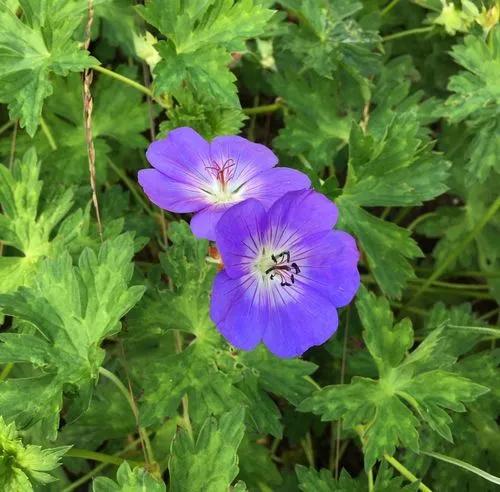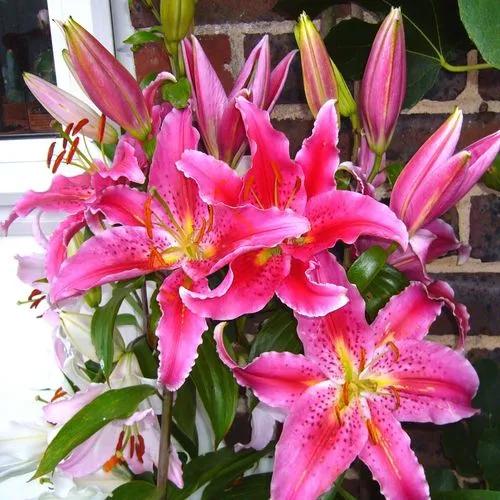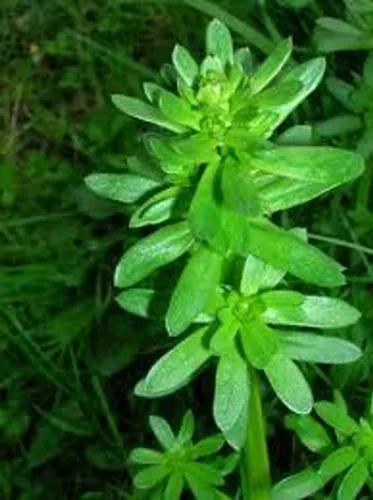Robinia viscosa, commonly known in its native territory as clammy locust, is a medium-sized deciduous tree native to the southeastern United States.
Clammy Locust Care
Robinia Viscosa



Clammy Locust is a native deciduous shrub or small tree in the Bean family (Fabaceae). It is native to the northeastern quarter of Alabama and sometimes cultivated elsewhere in the state. Clammy Locust grows in thin dry woods, on rocky slopes, and on roadside banks. It is a deciduous colonial shrub reaching 9-12 feet in height. The stems ae armed with woody paired spines. Young twigs are densely pubescent with stalked reddish glands. Leaves are alternate, odd pinnately compound, with 13-23 leaflets. The rachis is glandular pubescent with stalked reddish glands. The leaflets are elliptic to oblong in outline, entire, and glabrous or pubescent. Flowers are produced in axillary pendulous racemes. The flowers have glandular peduncles and sepals. The flowers are papilionaceous, light to dark pink in color, the standard petal with a yellowish-green spot. The fruit is a glandular pubescent legume. Clammy Locust is sometimes available from nurseries. It prefers a site with well-draining soil and full sun. Care should be taken to remove root sprouts to prevent its spread in the garden. It is a very hardy plant and will thrive where little else will grow.
Discover more plants with the list below
Popular articles






